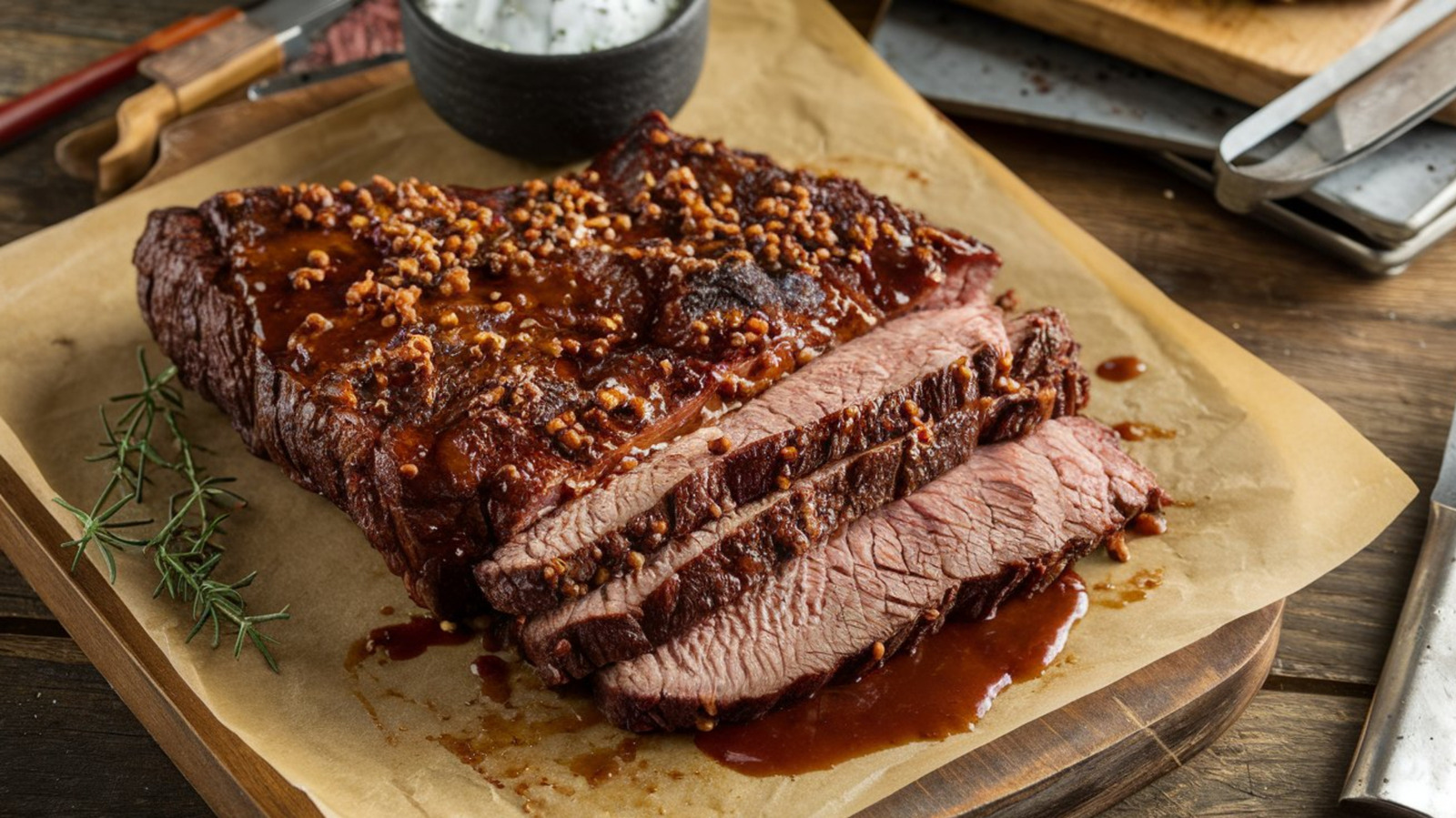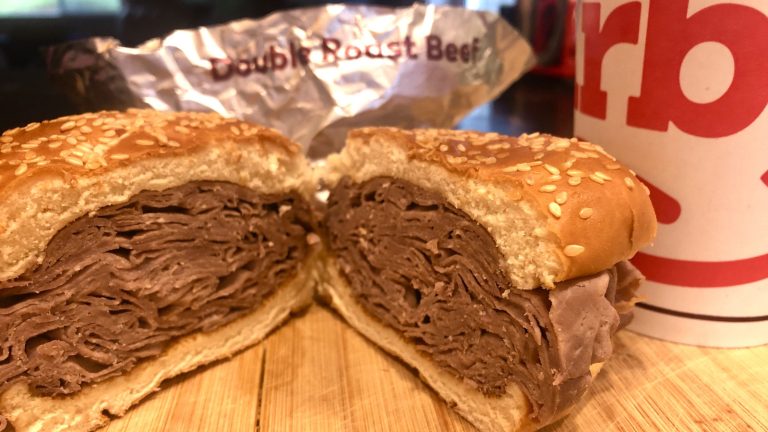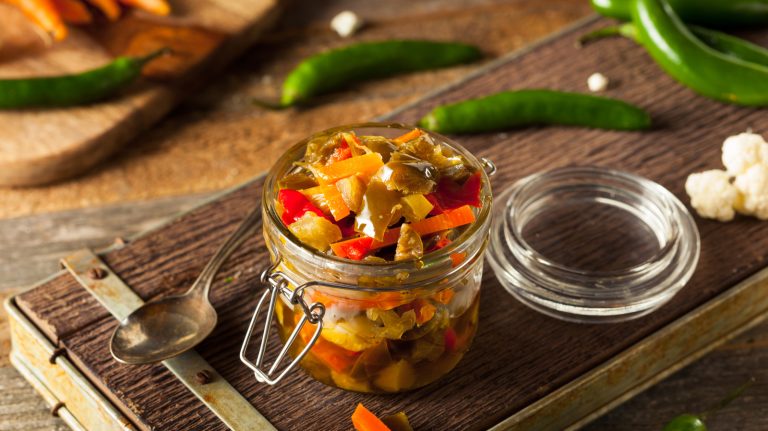The best way to elevate your next barbecue? By bringing out the brisket, of course. This robust cut comes from the breast of a cow, particularly the pectoral muscles, which can be quite hardworking. Now, most meat enthusiasts know that the main factor that dictates whether your cut will be tough or tender is how rigorously the area is used during the animal’s lifespan, so it should come as no surprise that a muscle-flexing brisket is much tougher than lazier cuts like, say, prime rib. But that’s not to say you can’t turn it into something tender and delicious — it’s all in how you cook it.
There are two parts of a brisket cut: the flat, which is longer and leaner, and the point, which is thicker, fattier, and more irregular in shape. Given their distinct makeups, you’d be correct in guessing that they require slightly different cooking methods. However, it is possible to get them both to reach tender perfection all in one go. Tasting Table spoke to Matt Abdoo, executive chef and co-founder of Pig Beach BBQ, for his professional take on the matter.
First things first, opt for the full cut. “We cook the point and flat together as what’s known as a whole packer brisket,” Abdoo says. Then, “we smoke it at 250 degrees then wrap it in butcher paper at the ‘stall’ (around 160 degrees) to let it finish cooking. This helps create a very juicy brisket and speeds up the cooking process slightly.”
Low and slow cooking is the key
There is a benefit to cooking the point and flat together, and that is that the fat from the point helps to keep the lean flat moist, leading to a juicier result. However, even if you were to separate them, chef Matt Abdoo explains that both cuts need a low and slow approach to get the best bite of brisket for your buck. “If you were to separate the two cuts and cook separately[,] they both require a low and slow cooking technique either in an oven, smoker, or in a pot to be braised to break down all the connective tissue and create a soft and tender bite,” he tells Tasting Table.
Given that the pieces differ in thickness and fat content, the point and flat cook best at slightly different times. The point, having much more marbling than the flat, typically takes longer to reach desired doneness. Still, you can cook them together, but as individual pieces, in the smoker. Simply stack them on different grates, with the point on top of the flat. This will allow for more precise and even cooking, and you can remove the flat before the point.
As Abdoo tells us, there is one way you never want to cook brisket, whether you’re preparing a whole packer or each piece individually: “Direct heat cooking like grilling is not advised when cooking brisket flat or point as they will tend to be very tough and chewy.”






